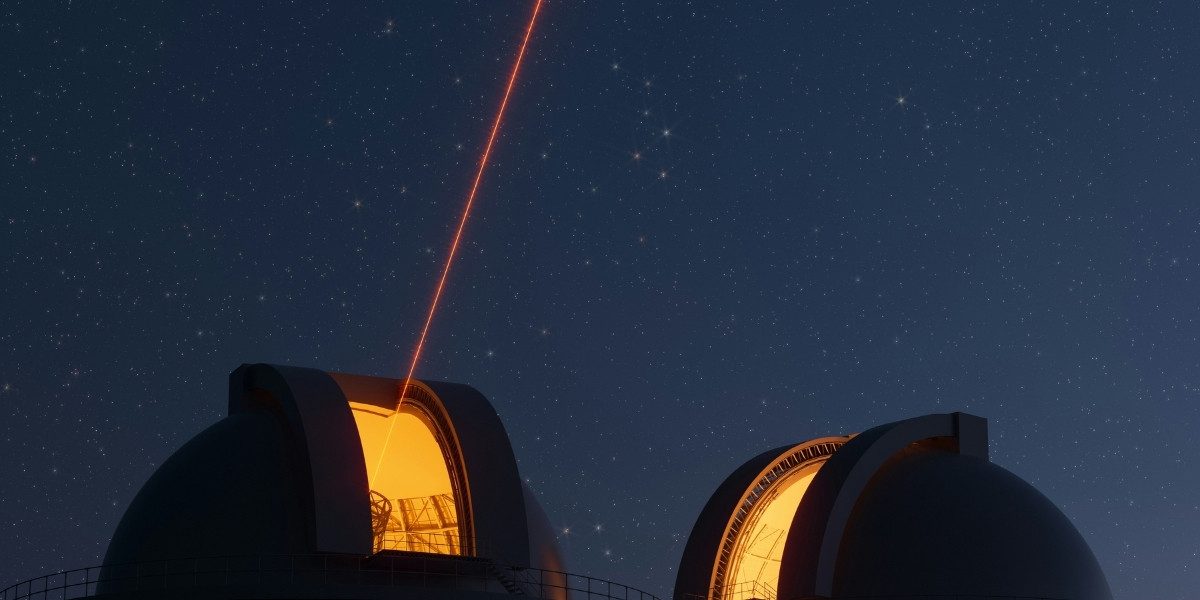Among the celestial bodies that share our solar system, Venus holds a unique and intriguing position. Often dubbed “Earth’s sister world” due to its similar size, mass, and bulk composition, Venus presents a starkly different reality beneath its swirling clouds. Far from being a habitable twin, it is a world of extreme heat, crushing atmospheric pressure, and a landscape sculpted by intense volcanic activity. Despite its close proximity, Venus remains shrouded in mystery, challenging scientists to unravel the forces that transformed a potentially Earth-like world into a cosmic inferno.
Read Also: A Timeless Fascination: Why We Look to the Stars
The study of Venus is crucial not only for understanding our immediate cosmic neighborhood but also for gaining insights into planetary evolution. Its dramatic divergence from Earth’s path serves as a powerful natural experiment, highlighting the delicate balance required for a world to sustain liquid water and, potentially, life. Exploring its unique characteristics provides invaluable data that can help in the search for exoplanets and in comprehending the diverse outcomes of planetary development.
Why Is Venus Called Earth’s Sister World?
Venus earns its designation as “Earth’s sister world” primarily due to striking similarities in physical dimensions. With a diameter of approximately 12,104 kilometers, Venus is only slightly smaller than Earth’s 12,742 kilometers. Their masses are also comparable, with Venus being about 81.5% as massive as Earth. This resemblance in size and mass suggests they likely formed from similar materials in the early solar system, leading to similar internal structures, including a metallic core, a rocky mantle, and a solid crust.
Beyond these fundamental similarities, however, the resemblance largely ends. Despite their comparable initial conditions, their evolutionary paths diverged dramatically, especially concerning their atmospheres and surface conditions. The initial shared characteristics of size and composition make the current stark differences between the two worlds all the more compelling for scientific study, posing fundamental questions about habitability and the factors that drive divergent evolution in seemingly similar celestial bodies.
What Makes Venus’s Atmosphere So Extreme?

The atmosphere of Venus is arguably its most defining and extreme feature, rendering its surface uninhabitable. It is overwhelmingly composed of carbon dioxide, accounting for about 96.5% of its volume, with nitrogen making up most of the remaining 3.5%. This dense blanket of greenhouse gases traps heat incredibly efficiently, leading to a runaway greenhouse effect. As a result, Venus boasts surface temperatures averaging around 462 degrees Celsius (864 degrees Fahrenheit), hot enough to melt lead. This makes Venus the hottest world in our solar system, hotter even than Mercury, which is closer to the Sun.
Adding to its hostile nature, Venus’s atmosphere is incredibly thick and dense. The atmospheric pressure at its surface is about 92 times that of Earth’s sea-level pressure, equivalent to the pressure experienced almost a kilometer (over half a mile) deep in Earth’s oceans. The upper atmosphere is characterized by thick layers of clouds composed primarily of sulfuric acid, which produce acid rain that evaporates before reaching the scorching surface. These extreme conditions, driven by a powerful greenhouse effect and an incredibly dense gaseous envelope, make any human presence on its surface impossible without highly specialized protection.
How Does Venus’s Surface Compare to Earth’s?
Beneath its thick, hot atmosphere, Venus’s surface is a desolate and alien landscape, shaped by extensive volcanism and tectonic activity. Unlike Earth, Venus shows no evidence of plate tectonics as we understand it, where large crustal plates move and interact. Instead, its surface appears to have undergone periodic, massive volcanic resurfacing events that have paved over older features. Radar mapping, primarily by missions like Magellan, has revealed vast plains covered by basaltic lava flows, extensive volcanic constructs, and unique features such as “pancake domes” (flat-topped volcanic hills) and “arachnoids” (spider-web-like tectonic structures).
Impact craters on Venus are relatively few and appear to be largely pristine, suggesting that the surface is geologically young, estimated to be between 300 to 800 million years old, due to these widespread resurfacing events. There is no evidence of liquid water on its surface today, or any features suggesting past rivers, lakes, or oceans, in stark contrast to Earth’s water-sculpted landscapes. The extreme heat, crushing pressure, and lack of liquid water mean that Venus’s surface is an entirely different geological realm from our own dynamic and life-supporting world.
What Are the Mysteries Surrounding Venus’s Evolution?
Despite decades of study and multiple missions, Venus continues to hold profound mysteries, particularly regarding its evolutionary history. One of the biggest questions is why its path diverged so dramatically from Earth’s. Scientists hypothesize that Venus may have once had liquid water on its surface, potentially even oceans, early in its history. If so, understanding what caused the runaway greenhouse effect and the complete loss of this water is crucial for understanding what makes a world habitable in general.

Another mystery revolves around its geological activity. Without Earth-like plate tectonics, what mechanisms drive its extensive volcanism and global resurfacing events? Are there still active volcanoes on Venus today, or is its volcanic activity episodic? Furthermore, Venus spins incredibly slowly on its axis, taking 243 Earth days to complete one rotation, and it rotates retrograde (backward compared to most other celestial bodies). The origin of this slow, backward rotation is still not fully understood, with theories ranging from massive impacts early in its history to atmospheric drag. These unresolved questions about Venus’s past and present dynamics fuel ongoing research and future mission planning.
Why Is Future Exploration of Venus So Important?
The continued exploration of Venus is vital for advancing our understanding of planetary science and Earth’s place in the cosmos. By studying Venus, scientists can gain critical insights into the conditions that lead to a runaway greenhouse effect, providing a natural laboratory for climate modeling and a dire warning about the potential consequences of atmospheric changes. It helps to constrain theories about what makes a world habitable and informs the search for life beyond Earth, particularly on exoplanets that might initially seem similar to our own but could hide Venus-like conditions.
Read Also: What’s the Real Temperature of Outer Space?
Future missions to Venus are planned to penetrate its mysteries, utilizing advanced radar, atmospheric probes, and potentially even specialized landers designed to withstand its extreme environment for longer periods. These missions aim to collect data on its atmospheric composition, geological activity, and surface chemistry with unprecedented detail, seeking answers to its evolutionary puzzles. By unraveling the secrets of Venus, scientists hope to deepen their comprehension of planetary formation, the diversity of worlds, and the unique circumstances that have allowed ancient life to flourish on our own blue world.








